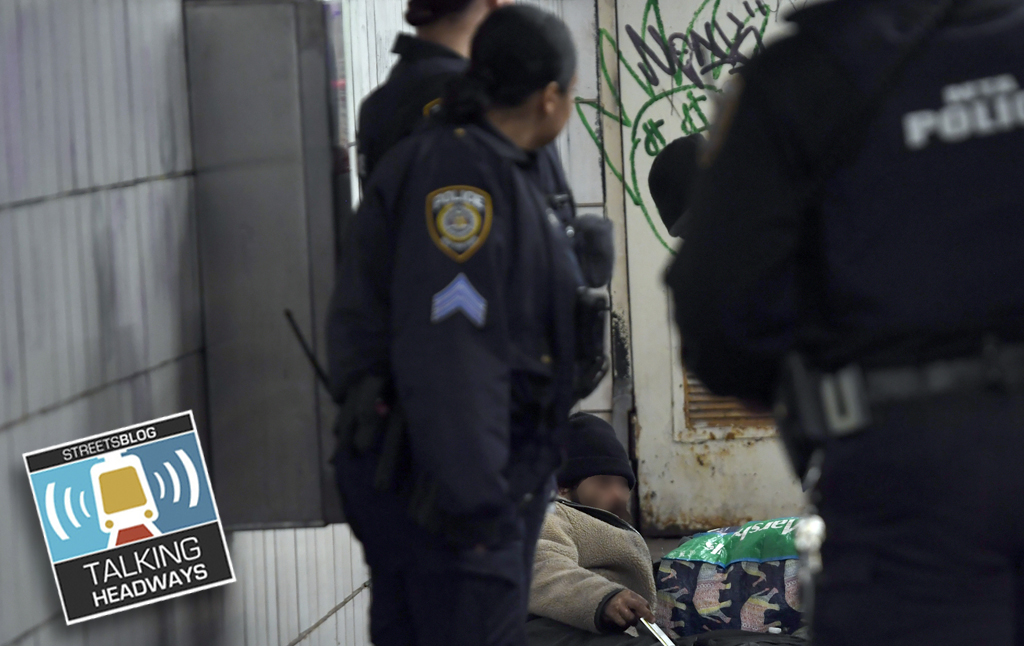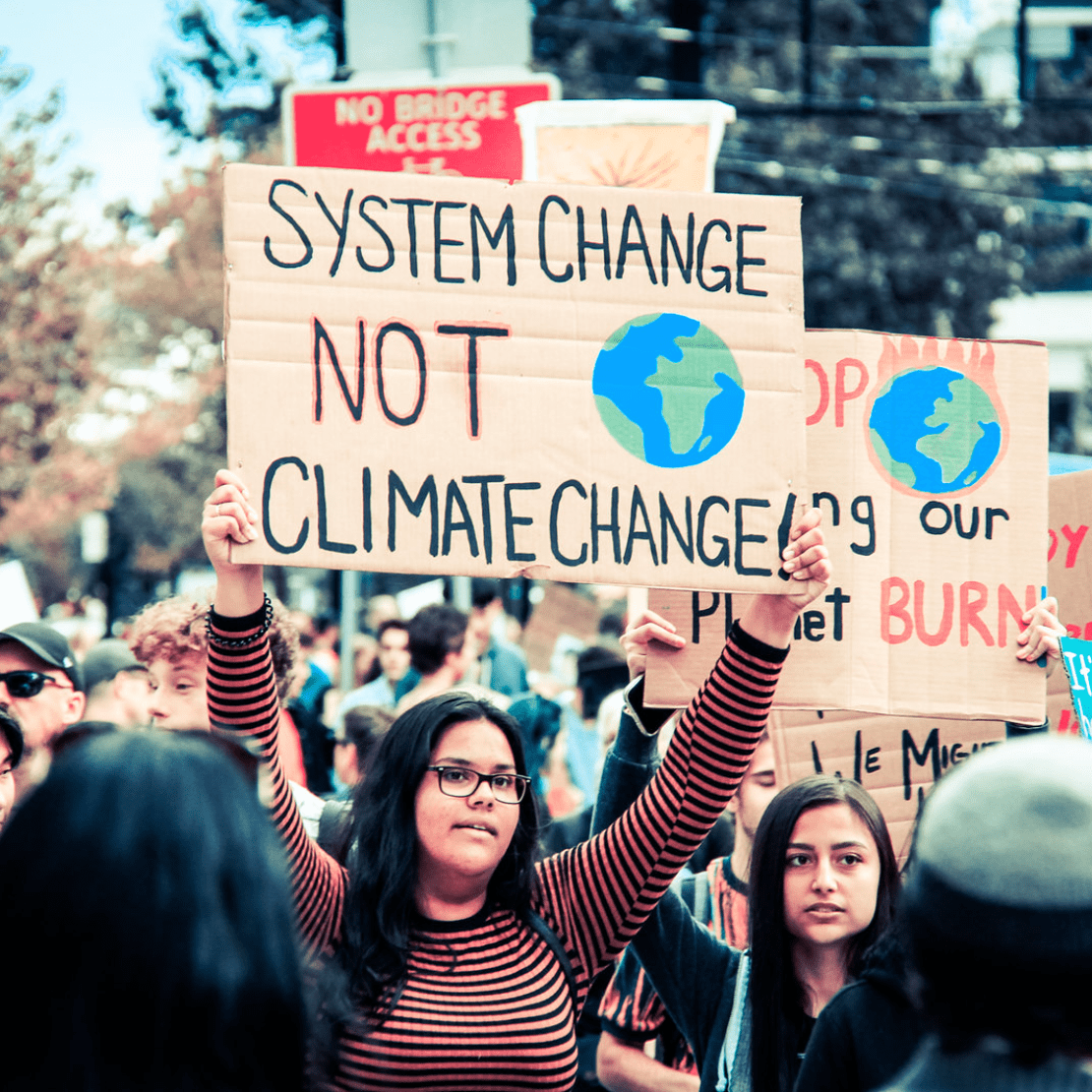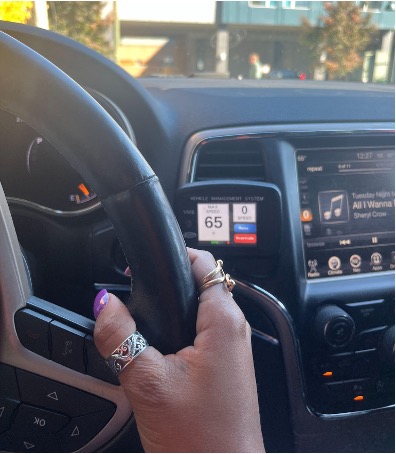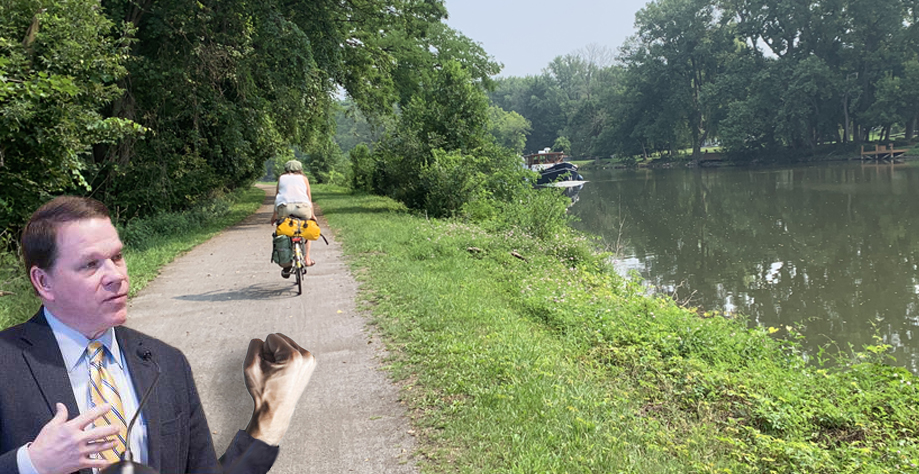It can be hard to see a bright side to the economic upheaval that America has experienced over the past few years, but Deron Lovaas at the Natural Resources Defense Council's Switchboard blog points out one positive byproduct in this era of belt-tightening: Some state DOTs, most recently Wyoming, are running out of money to build highways.
The halting of expensive projects wouldn’t just ease the load on strained public budgets, it could yield environmental benefits by sparing of land from being covered with asphalt reducing potential oil-consuming and greenhouse-gas spewing trips on the new roads.
The suspension of new highway projects could also produce a long-lasting green lining if, during the hiatus, people begin reconsidering the design of our communities. Public officials should consider alternatives that are more affordable, such as communities where stores and services are not a car’s trip away from housing, but instead, within walking and bicycling distance.
We’ll get some green lining just from the curtailment of major highway construction projects. Hopefully local and state leaders will also move beyond across the board cuts to work on reshaping our communities in ways that are fiscally smart, economically competitive and environmentally sound.
And highways aren't the only regrettable features of the American landscape seemingly in retreat during the Great Recession. Big box stores, McMansions and outer suburbs are a few of the other economically -- and financially -- disastrous features of pre-housing crash America that don't seem to fit into the new reality that has set in.
As we've reported before, more than a few urbanist thinkers believe the U.S. economy won't truly turn the corner until the more destructive vestiges of the housing-bubble-based economy are put to rest. The decline in highway development, though brought on by the recession, could help lead to recovery.
Elsewhere on the Network today: BTA Oregon writes about how a plan to develop bike lanes on Portland's North Williams corridor has helped start a community discussion about race, privilege and city planning. Grist explains how some Portland neighborhoods have improved community pride and street safety by painting murals on the pavement at intersections. And Grid Chicago says if there's a war on cars, there's an awfully uneven number of casualties on the bike and pedestrian side.





